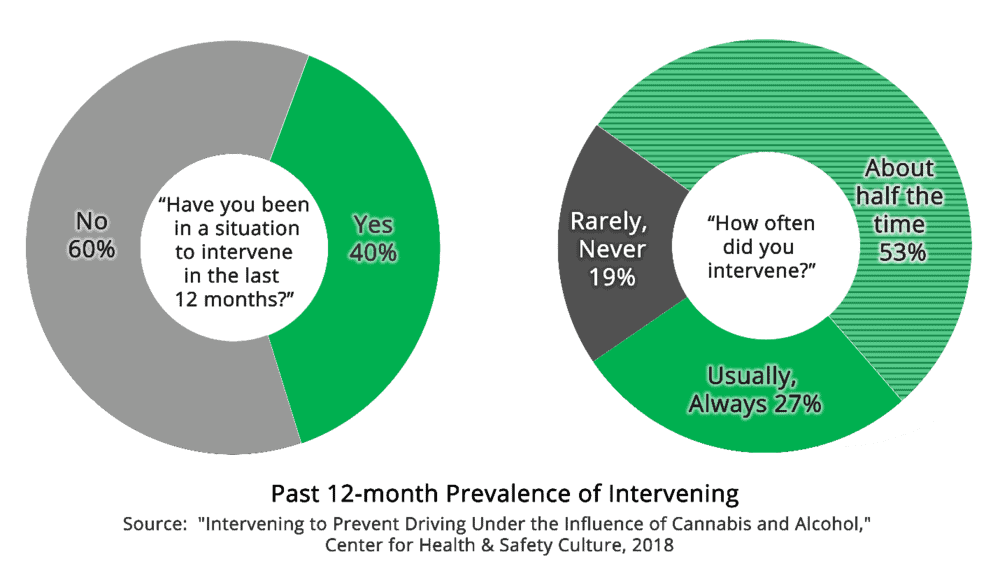Alcohol, Cannabis and Driving Fact Sheet
Alcohol and Drug Impaired Driving Primary Factor
in Fatal Crashes
-
Alcohol and drug impaired driving is the leading contributing factor in Washington fatal crashes and is involved in nearly half of all traffic fatalities.
-
Poly-drug drivers (combinations of alcohol and drugs or multiple drugs) is now the most common type of impairment among drivers in fatal crashes.
-
Among drivers involved in fatal crashes 2008-2016 that tested positive for alcohol or drugs, 44 percent tested positive for two-or-more substances (poly-drug drivers).
-
Alcohol and cannabis are the most common combination of intoxicants.
-
For the first time in 2012, poly-drug drivers became the most prevalent type of impaired drivers in involved in fatal crashes.
-
Since 2012, the number of drivers impaired with two or more substances involved in fatal crashes has increased an average of 15 percent every year.
-
By 2016, the number of poly-drug drivers were more than double the number of alcohol-only drivers and five times higher than the number of THC-only drivers involved in fatal crashes.
Most People Think Driving Impaired is
Unsafe and Unacceptable
-
The Washington Traffic Safety Commission (WTSC) commissioned a study by the Center for Health and Safety Culture in the Western Transportation Institute of Montana State University to study attitudes toward driving after consuming alcohol and cannabis, and found that most of us agree that driving drunk or high is unacceptable.
-
Simply put, most people in Washington believe driving impaired is unsafe and unacceptable.
-
The study found that among adults in Washington:
-
81 percent are concerned about traffic safety
-
78 percent do not drive within two hours of consuming alcohol
-
85 percent do not drive within two hours of consuming cannabis
-
91 percent do not drive within two hours of consuming both
-
81 percent have a negative attitude about DUICA
-
83 percent believe it is unacceptable to drive within two hours of consuming alcohol and cannabis
-
-
Most agree that impairment begins as soon as you start consuming alcohol or cannabis.
-
It’s not true that using cannabis after drinking will sober you up, a fallacy likely to be believed by the 9 percent of people who reported driving after alcohol and marijuana use. If you use marijuana after drinking alcohol you will increase your crash risk.
-
The study also found that many of us who encounter someone impaired are willing to take action, or intervene, to prevent them from driving.
-
Intervening is what we do as friends, family and neighbors. It’s a part of being a good Washingtonian.
-
We all have the capability to help, and it is acceptable to intervene.


